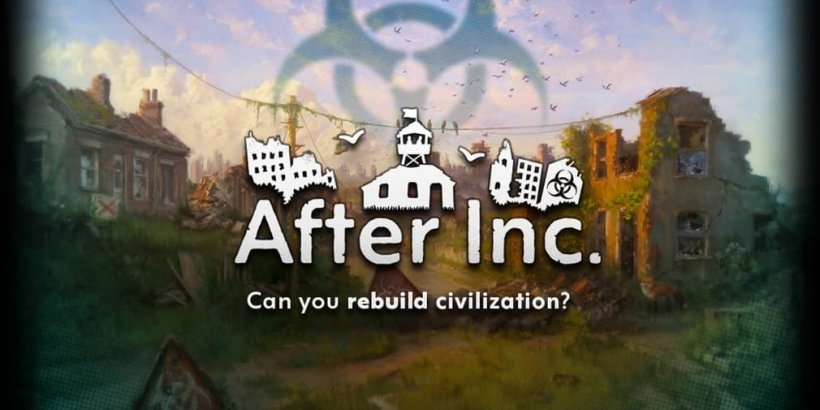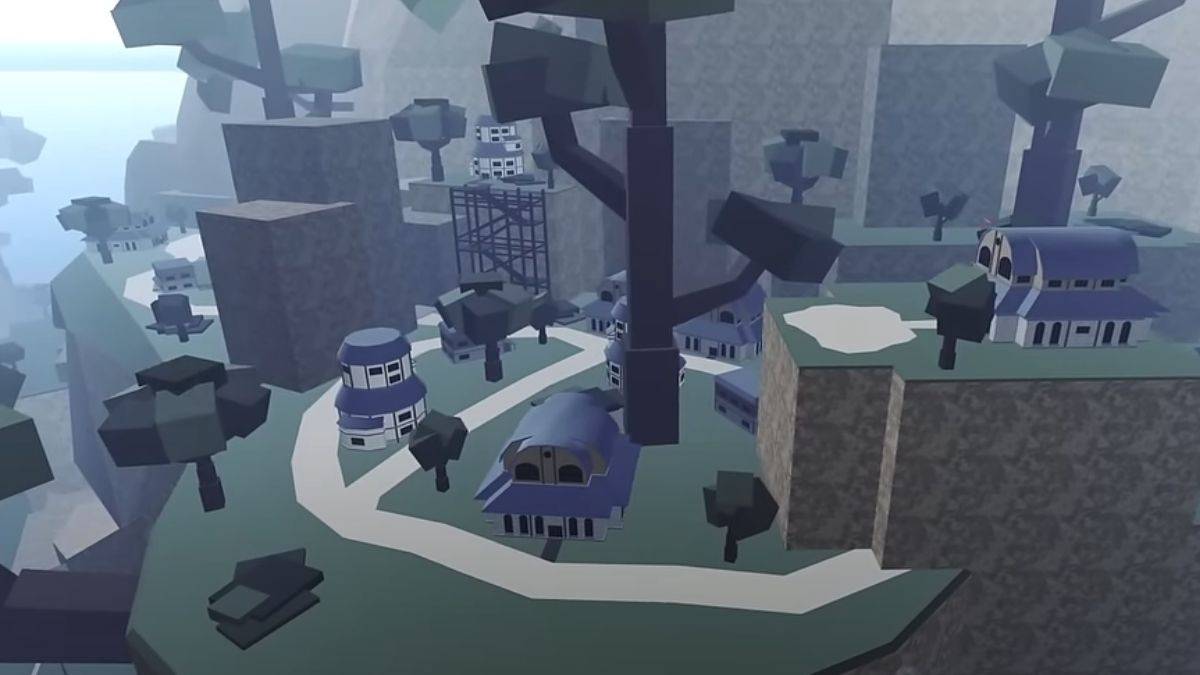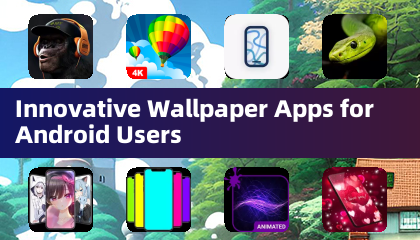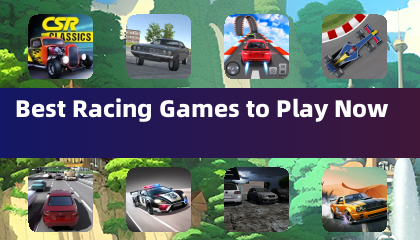Switch 2's Price: No Barrier to Success
At the start of April, Nintendo’s highly-anticipated Switch 2 Direct showcase concluded with a slightly unsettling tone. The presentation had been packed with exciting reveals—new features, impressive tech upgrades, and a stellar lineup of upcoming games—but one crucial detail was missing: the price. Fans didn’t have to wait long for confirmation, and it wasn’t cheap. Nintendo officially announced on its newly launched Switch 2 website that the console would retail at $449, a significant jump from the original Switch’s $299 launch price. This omission sparked frustration over transparency and concern about how the increased cost might affect adoption rates, especially when paired with the revelation that *Mario Kart World*, the Switch 2’s flagship title, would retail at $80.
Some longtime Nintendo fans, still haunted by the struggles of the Wii U era, quickly leaned into pessimism. They warned that the higher price could alienate potential buyers and push Nintendo back into an era of underperformance. After all, who would pay nearly $450—a figure close to the PS5 or Xbox Series X—for what many consider last-gen hardware? Yet these fears were soon calmed by industry reports. According to Bloomberg, the Switch 2 is poised to become the best-selling console launch in history, with early projections estimating sales between 6–8 million units—far surpassing the previous record of 4.5 million set by both the PS4 and PS5. Clearly, despite the steep cost, demand remains sky-high, and this enthusiasm isn’t surprising when viewed through the lens of gaming history.

While the Switch 2 isn’t cheap, its pricing aligns closely with current-generation competitors. Looking back at Nintendo’s biggest failure—the Virtual Boy—offers insight into why the Switch 2 is likely to succeed. Released in 1995, the Virtual Boy was Nintendo’s first and only serious attempt at virtual reality. Despite the futuristic appeal of VR, the tech simply wasn’t ready for mass adoption. The device required users to lean over a table and peer into a red-tinted display, often causing headaches and discomfort. It failed to deliver the immersive experience players imagined and was quickly abandoned by the market.
The Switch 2, while more expensive than its predecessor, shares nothing in common with the Virtual Boy. Instead, it follows in the footsteps of the Wii—a console that introduced motion controls that worked well and brought gaming to entirely new audiences. The Wii became a household name not just in kids’ rooms but also in retirement homes, proving that innovation, when done right, can expand the gaming world significantly. Even today, motion controls remain a staple of Nintendo’s identity, enhancing gameplay in titles like *Pikmin* and *Metroid Prime*.
Creating a compelling console isn’t exclusive to Nintendo. Sony’s PlayStation 2 gained popularity partly because it doubled as a DVD player—an appealing bonus in the early 2000s. But when Nintendo gets it right, it really nails it. The original Switch redefined hybrid gaming with seamless transitions between handheld and docked modes. That feature reshaped expectations around portable and home consoles and remains a key selling point today. Most gamers wouldn’t dream of Nintendo abandoning it. While the Switch 2 may not be revolutionary like its predecessor, it addresses performance limitations and offers a powerful upgrade that people clearly want.
The Switch 2’s price tag reflects where the broader console market stands. The standard PS5 and Xbox Series X sit within the same range, with disc-based models starting at $499 and $499 respectively. Although some may argue that the Switch 2’s specs suggest a lower price point closer to the Xbox Series S ($380), Nintendo’s unique value proposition sets it apart. Unlike its competitors, the Switch 2 inherits one of the strongest game libraries in modern console history and introduces ways to experience those games with enhanced visuals and expanded content.
Unlike the disastrous launch of the Wii U, which opened with *New Super Mario Bros. U*—an uninspired entry in a series already feeling stale—the Switch 2 arrives with *Mario Kart World*, a bold departure from the traditional formula. Inspired by open-world racers like *Forza Horizon*, it gives players a fresh reason to pick up the game rather than sticking with *Mario Kart 8 Deluxe*. One month after launch, Nintendo will release the first 3D Donkey Kong title since 1999—reportedly drawing inspiration from *Super Mario Odyssey*. Then, in 2026, an exclusive FromSoftware title teased to resemble *Bloodborne* will further bolster the system’s appeal. These aren’t iterative updates—they’re compelling reasons to invest in the next generation of Nintendo gaming.
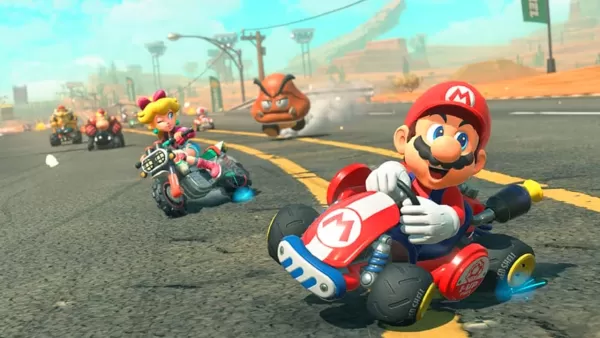
*Mario Kart World* promises to be a substantial evolution of the beloved racing franchise.
Of course, price will always influence purchasing decisions, especially in a time when global economic conditions are tight. However, the Switch 2’s price is in line with industry standards. The PS5 and Xbox Series X carry similar costs, and unlike the infamous PS3 launch—which priced the 20GB model at $499 (nearly $800 adjusted for inflation) and confused consumers with a lack of clear value—the Switch 2 enters the market with strong software support and a proven hybrid design. In 2025, a $450+ console isn’t shocking—it’s expected.
Ultimately, Nintendo’s success stems from its ability to create games that define generations. Players are willing to pay a premium for experiences like *Zelda: Breath of the Wild*, *Super Mario Odyssey*, and now *Mario Kart World*. The Switch 2 doesn’t need to match the raw power of the PS5 or Xbox Series X—it just needs to offer something people want. And right now, based on early sales predictions and software momentum, it’s delivering exactly that. Nintendo isn’t setting a new high-water mark; it’s simply joining the current market pace. With over 75 million PS5 units sold globally, that pace seems sustainable.
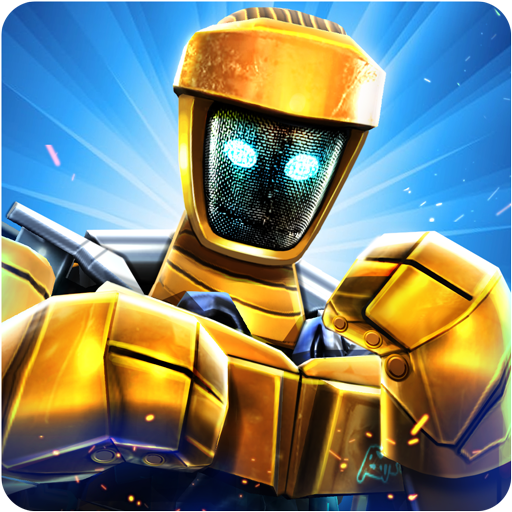

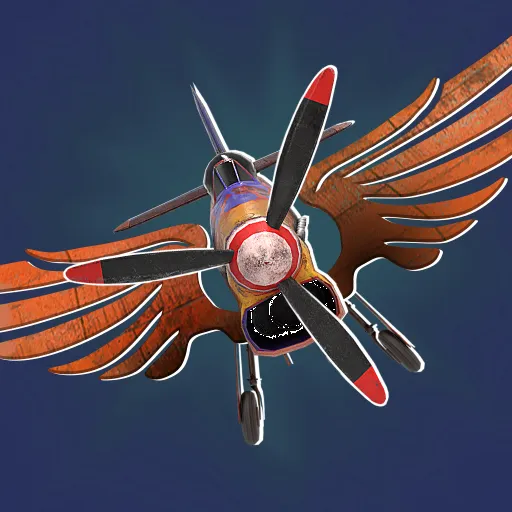
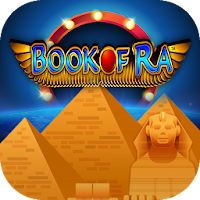
![[18+] Starlewd Valley:Re!](https://images.dshu.net/uploads/37/173149215167347937c925c.jpg)



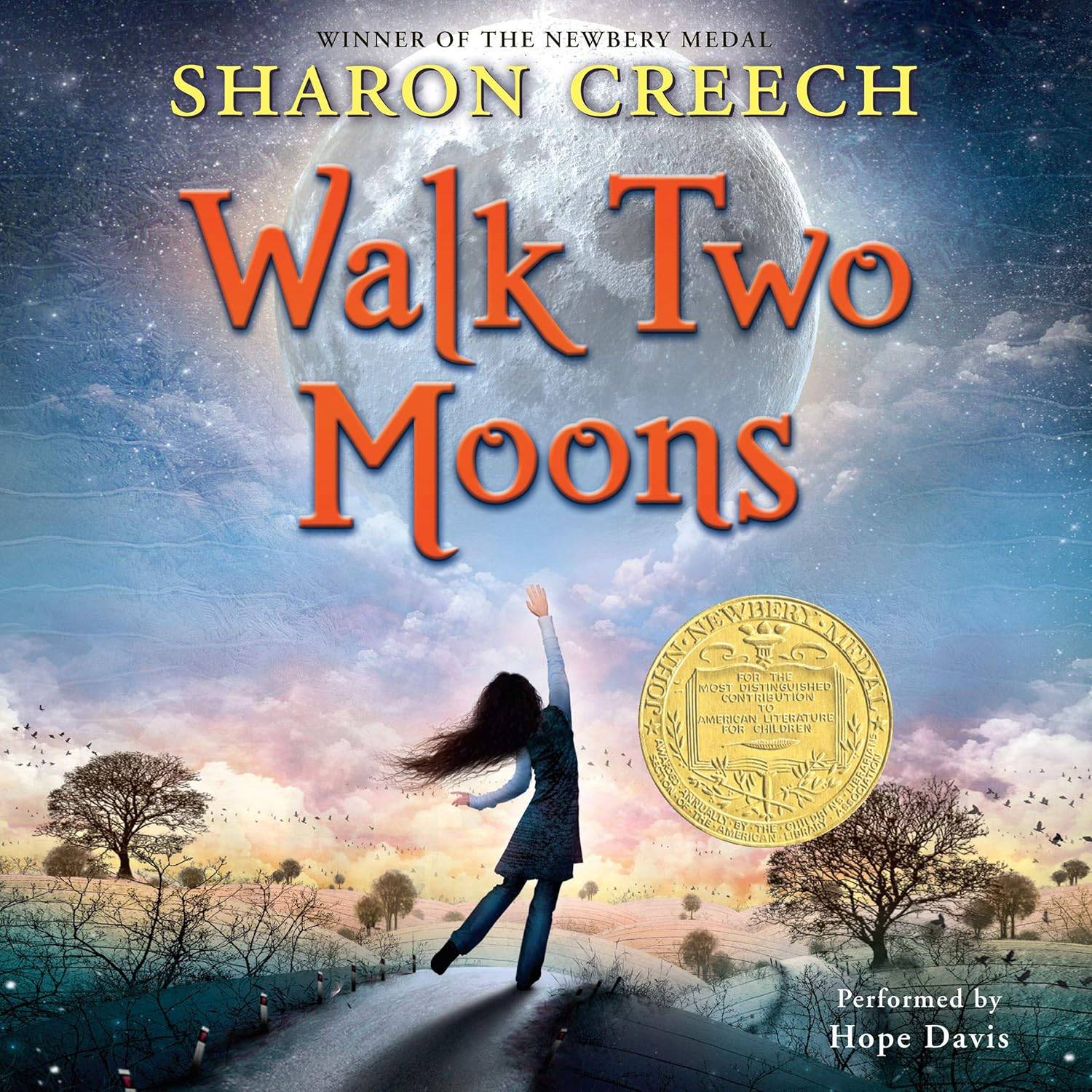

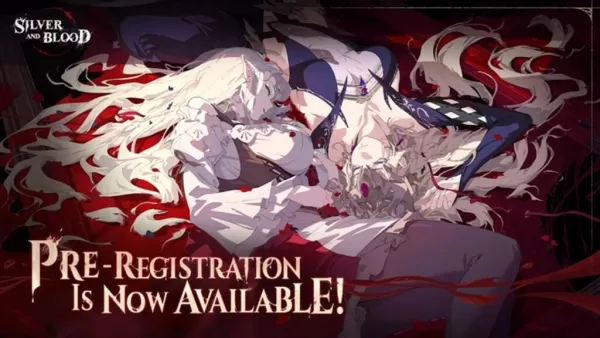
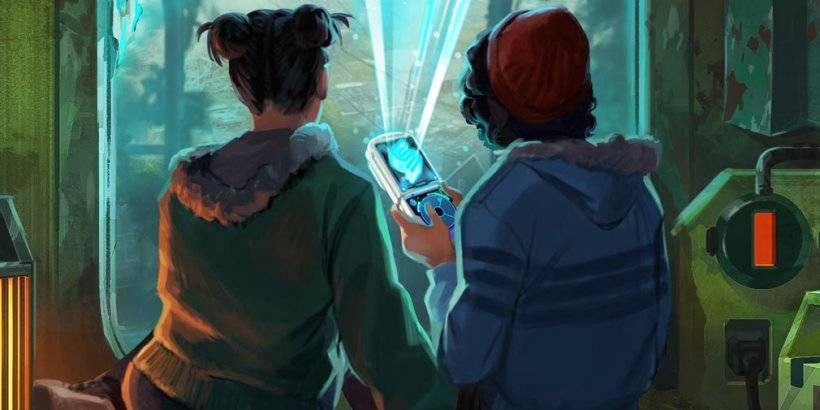
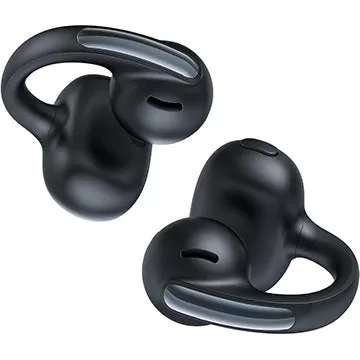
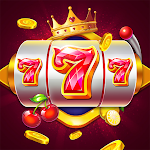
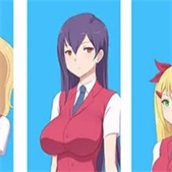
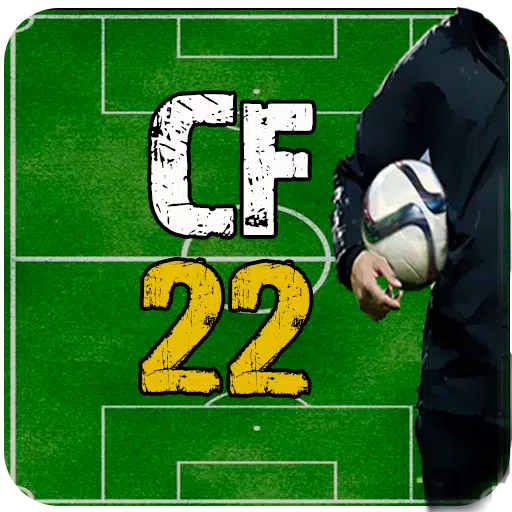
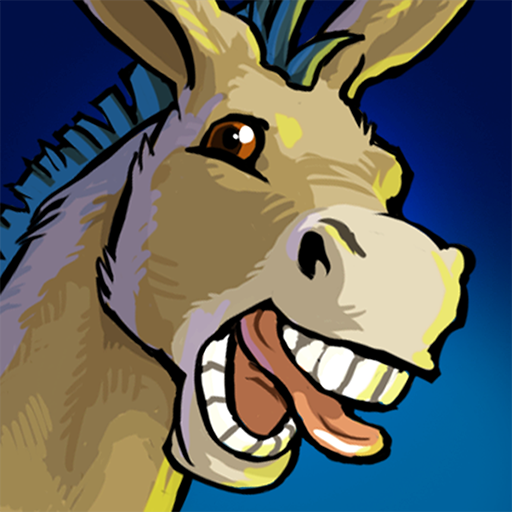
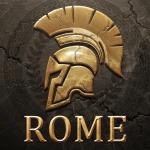
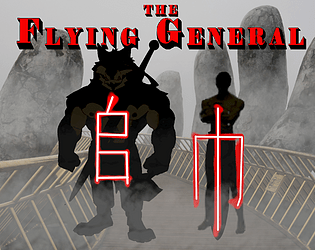

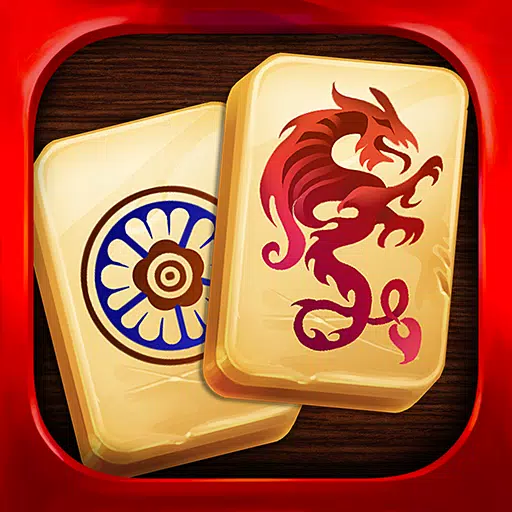
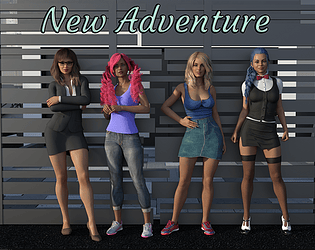

![FurrHouse [Ch. 3]](https://images.dshu.net/uploads/30/1719555089667e54115d59f.jpg)
